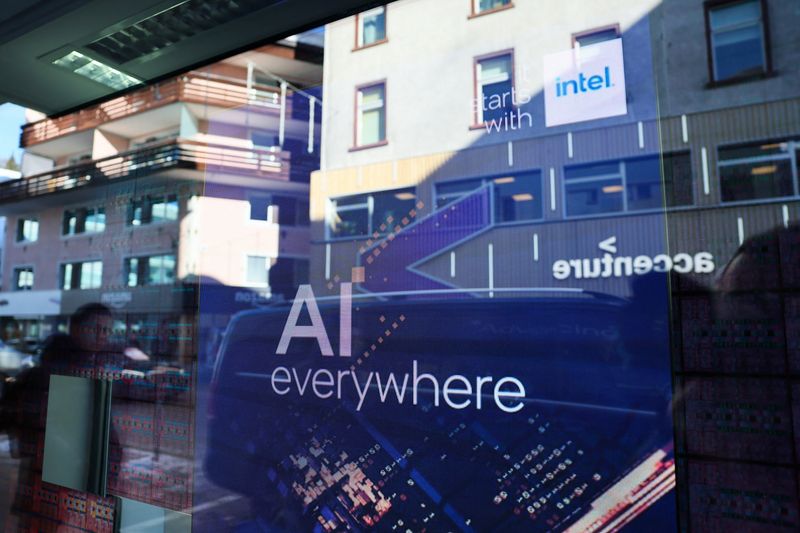Asahi shares mark weekly slide after cyberattack halts production
Investing.com -- The U.S. government is ramping up its efforts to secure global leadership in artificial intelligence, with a new 23-page White House AI Action (WA:ACT) Plan describing the initiative as a “race to achieve global dominance in AI.”
Backed by three executive orders and launched by President Donald Trump, the plan presents AI as “an industrial revolution, an information revolution, and a renaissance – all at once,” while framing the competition as a zero-sum contest that could “reshape the global balance of power.”
The White House AI Action Plan calls for dismantling regulations that could hinder innovation, expanding infrastructure and energy capacity, and tightening export controls on rivals like China while promoting U.S. technology to allies.
Early in his term, President Trump scrapped the Biden-era AI executive order and replaced it with one focused on “Removing Barriers to American Leadership in AI.”
In a Thursday note to clients, Deutsche Bank (ETR:DBKGn) analysts highlighted three key themes that explain why this is such a major priority for this administration.
1) ‘Innovation: power to companies:’ The U.S. remains the global leader in AI, hosting 42 of the world’s top 50 AI firms, 33 of which are based in California. U.S. companies captured nearly three-quarters of all private equity and venture capital investment in AI last year, according to the Stanford AI Index.
“Forty of the most notable AI models last year came from the US, compared with 15 from China and just three from Europe,” Deutsche analysts said.
Rather than adopting the European Union’s regulatory model, the U.S. has primarily applied existing laws.
While some states have tried to implement broader rules, federal efforts have focused on removing regulatory barriers.
The Action Plan urges agencies to eliminate policies that hinder innovation and calls on the Federal Trade Commission to review enforcement activity to ensure it does not “unduly burden AI innovation.”
“That could ease the pressure on companies such as Microsoft (NASDAQ:MSFT), which is subject to a lengthy antitrust probe,” the analysts noted.
2) ‘Infrastructure: powering up:’ Despite the common perception of AI as cloud-based, the technology depends on vast, power-intensive data centers—about half of which are located in the U.S.
The plan calls for streamlining permits, modernizing power grids, and boosting capacity through nuclear and other advanced technologies.
Power usage by U.S. data centers climbed from under 2% of national electricity demand in 2018 to 4.4% in 2023, with forecasts suggesting it could hit 12% by 2028.
Last year, North America invested $114 billion in grid infrastructure, more than China or Europe, according to the International Energy Agency.
3) ‘International AI: projecting power:’ Lastly, the Action Plan highlights national security as a driving force behind U.S. policy. It calls for leading a global alliance while preventing adversaries “from free-riding on our innovation and investment.”
A key concern is China, whose AI models are closing the performance gap with U.S. systems. Earlier this year, the release of DeepSeek’s new model in China triggered a sell-off in U.S. tech stocks.
The U.S. is now tightening export controls and urging allies to follow suit, with the threat of tariffs for noncompliance. The plan also supports promoting American AI technology abroad and implementing stricter enforcement using features like location verification.
Although welcomed by the tech industry, the plan also aims to address public concerns. It states that AI should complement, not replace, human labor, and emphasizes that systems must be “free from ideological bias.”
